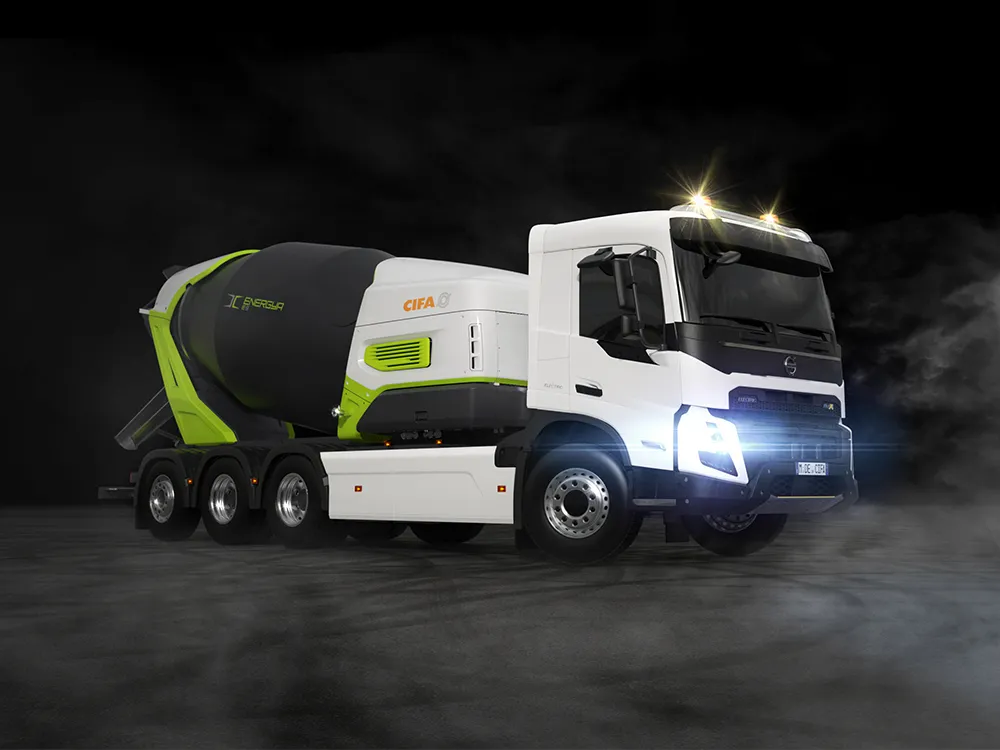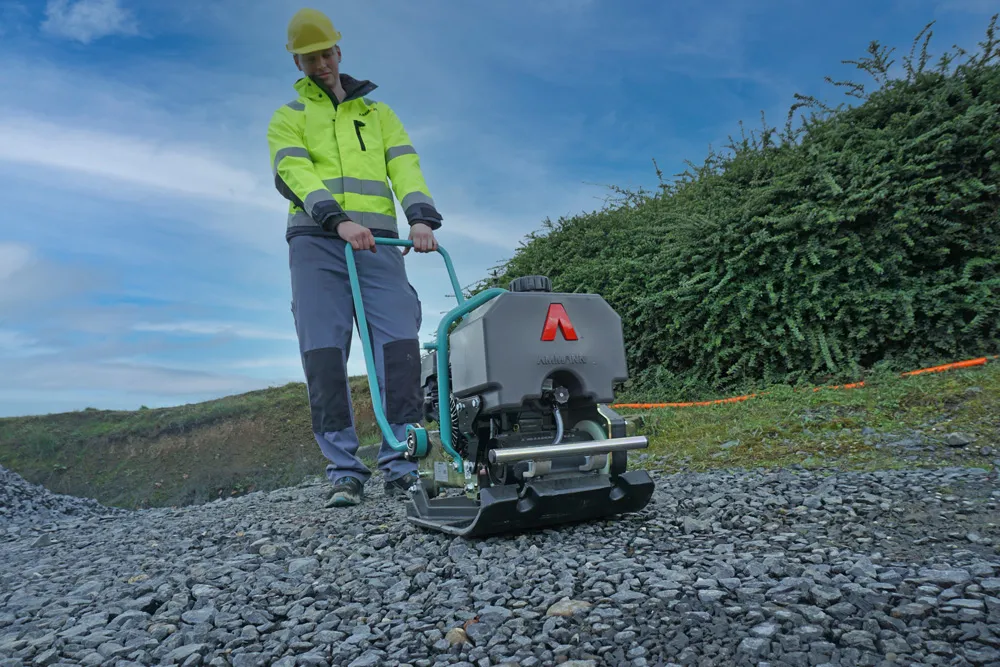The
"Hertz is committed to its global EV programme, introducing electric vehicles into our rental fleet on three continents – North America, Asia and Europe," commented Mark P. Frissora, Hertz chairman and CEO. "We're excited to participate in Plugless Power's pilot programme so that we can be on the ground floor of this new technology; learning key findings about EV wireless charging. As we move forward our goal is to have a variety of charging options for EV customer use, aligned with the charging equipment installed by EV manufacturers."
The trial will follow Hertz, and leaders from five other industry segments, as they trial Plugless Power systems, developed by









